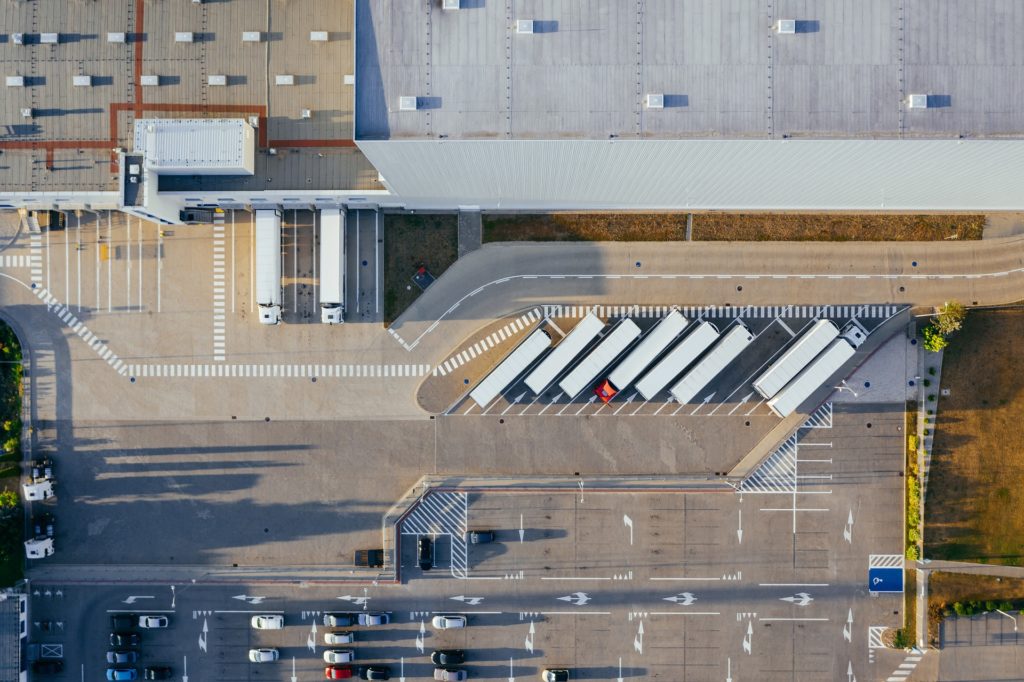Commercial roofs and commercial roofing systems are often all-encompassing words for the covering of a business space. When the average person pictures a commercial space, they picture large, expansive buildings that resemble Amazon warehouses. Naturally, this makes these systems different than what you would find on a residential property or home-like business structure. Additionally, commercial roofing differs from residential roofing. As a result, constructing a commercial roofing system include different essentials vs a typical residential setting.
Commercial Roofing Systems are Built to Withstand Wear
Commercial buildings are bigger than residential properties. Therefore, due to the sheer size the buildings, these roofs utilize much less pitch. As a result, water will not shed as easily and the system must be heavy-duty vs standard asphalt shingles. For instance, asphalt shingles are meant to shed water off a residential roof. However, commercial building leverage flatter roofs, which means water that is held on these areas can often infiltrate the roofing system.
To help prevent damage and the need for commercial roof repairs, these systems are created with a variety of different impervious materials from metal to rubber. For example, rubber is a much more impenetrable surface than asphalt or slate shingles. So, commercial roofers leverage rubber roofs for larger buildings. Similarly, rubber roofing is laid with a high bond that adheres directly to the roof deck. Conversely, asphalt shingles are nailed to the roof deck over an underlayment that protects the deck.
Commercial Structures and Accent Pieces
Fascias, soffits, and flashing are the cornerstone to a beautiful finished residential roof. In the commercial world, these items are still present, but slightly different due to the nature of materials used. Flashing protects vulnerable areas of a roofing system. Commercial roofing systems that utilize rubber shingles must cut the shingles, which allows projections on the roof to pass through. As a result, experienced roofers install flashing that prevents water from entering the system. Done properly, this helps reduce the need for commercial roof repair. Additionally, this process mirrors a similar process across the variety of materials used atop commercial spaces.
Likewise, soffits are key to proper roof ventilation and roofers install them in commercial spaces. However, based on the building design, soffits may be found in different areas. Finally, fascias also differ based on the variety of materials used. Fortunately, their main purpose remains the same and they finish off the entire roof and complete a clean look.
The difference between commercial roofing systems and that of a residential roof is vast, but the purpose remains the same across the entirety of the industry: protect a structure from weather and water from entering. Although some roofers leverage asphalt shingles for commercial roofs, most experienced roofers utilize alternatives. Due to the lack of pitch, commercial roofs leverage materials that are more impervious in nature. Trusted roofers use materials that offer more sustainability against wear and tear from Mother Nature. This step also reduces the risks for commercial roof repair as well. Additionally, commercial systems cannot shed water and debris. Therefore, these products must be able to take a beating while maintaining their strength.
Whether you are looking for a Newton roofing company for your next residential roof replacement or need a commercial roofing system for your building in Cambridge, Ranch Roofing has you covered. For more information, or to schedule a free estimate, contact us today.

